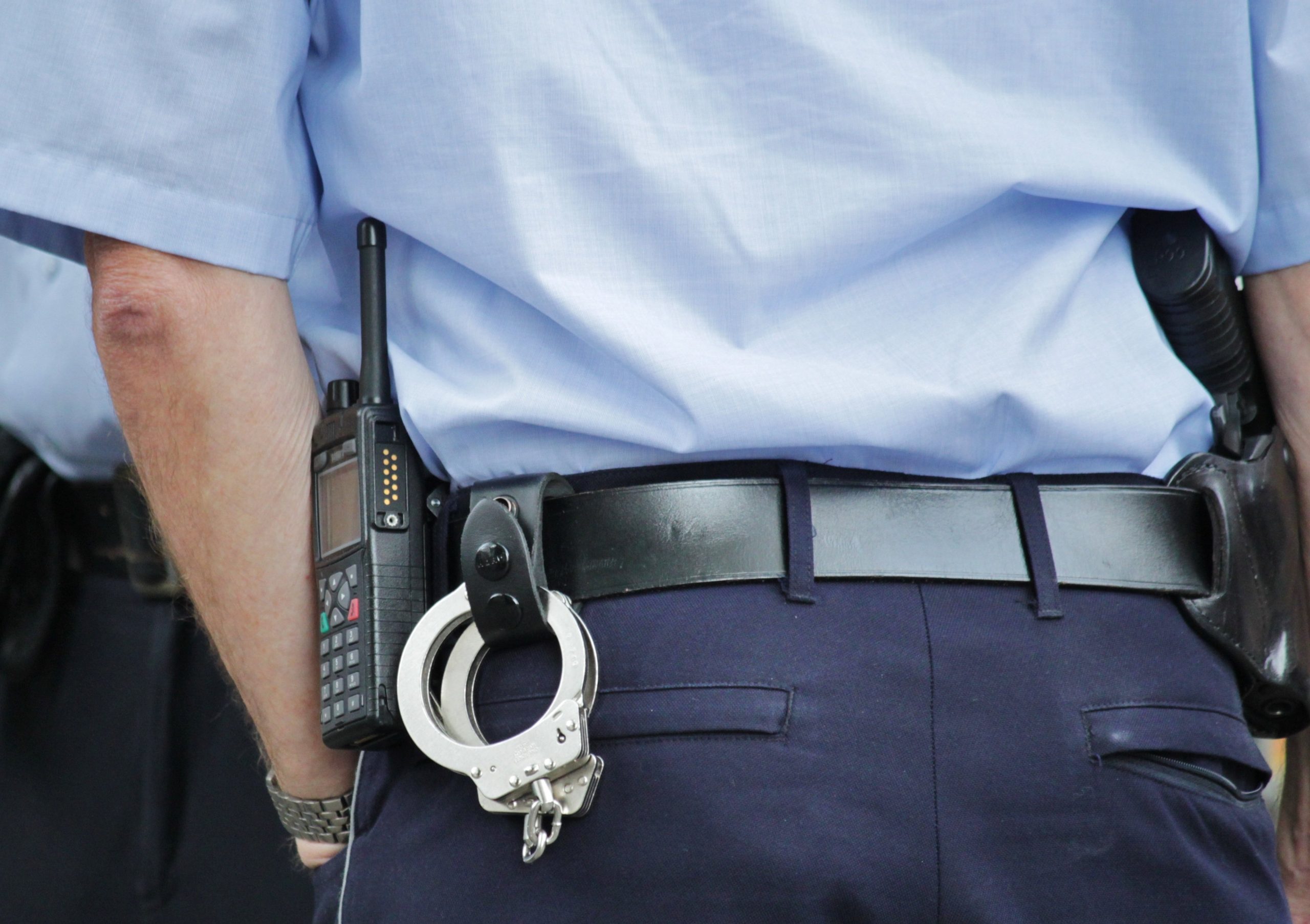28 9-1-1 Protocol
9-1-1 Protocol
When an individual is in need of emergency assistance, dialing or texting 9-1-1 from a functional phone, automatically connects to a 9-1-1 call centre.

Initial Protocol
- The operator will ask the individual to identify the nature of the emergency: ambulance, fire, or police. Thereafter, they will authorize the dispatch for either one or all of the required emergency services.
- The operator will ask a few standard questions, such as, “what is the problem”? Followed by “what is your location, address, or closest major intersection”? And finally by, “what is your name, and your telephone number”?
- If the individual is unable to provide any information, the operator will dispatch all three emergency services to the location by using automatic location identification software.
If the individual requests the police, the operator would dispatch members of the police department. The responding officers will investigate the incident and submit a report regarding their initial assessment. If the officers find reasonable grounds to believe that an offence has occurred, then they will arrest and lay a charge or charges on the individual.
What happens when a 9-1-1 call is made in error?
If someone calls 9-1-1 by accident or the 9-1-1 call is lost/disconnected, it is treated as a life-threatening emergency. The police are tasked with locating the source of the 9-1-1 call and determining if it is in fact, an emergency.
Media Attributions
- © Anja🤗#helpinghands #solidarity#stays healthy🙏
to accuse someone officially of doing something illegal. (Merriam-Webster, Incorporated, 2019)

